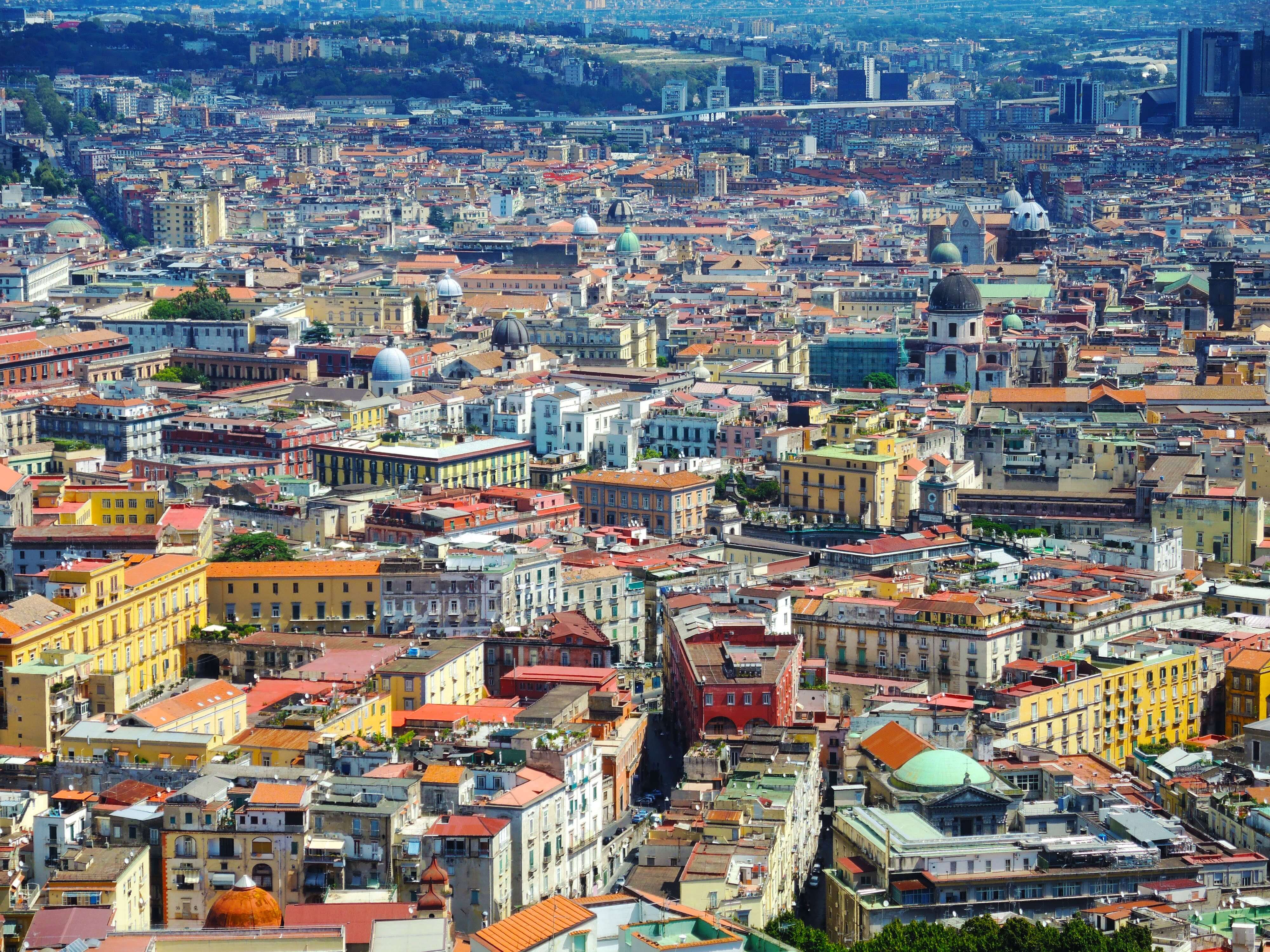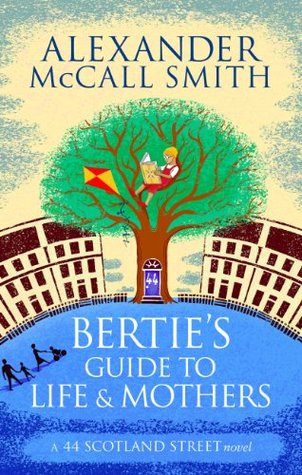Somewhere along the way, I put down my blogging pen and didn’t pick it up again. I wrote here in this space for six years, rarely missing a week. A fact which, now, is quite remarkable to me, given that I was writing through big life phases: starting university, going through the anticipatory grief of (almost) losing my mother at the age of 19, caring for her while she recovered, dealing with the trauma and anxiety that this experience provoked, and beginning my first graduate job at a research consultancy (fun fact: my blog helped me get that job).
Through all of that, I somehow kept writing. Two of my posts were ‘Freshly Pressed’ – chosen by the WordPress editors to feature on their front page. And I made blog connections along the way, several of whom are friends to this day and have become off-WordPress friends, with real-life meetings, WhatsApp messages, emails, letters and Zoom calls.
It’s seven years since I paused writing here, and those years can change a person. I’m in my 30s now, more confident of myself but still questioning – I don’t think that big life questions ever really stop. In the past seven years, I’ve travelled, achieved an English teaching qualification and a master’s degree, been promoted in my job, and found the love of my life.
I’ve kept my toe in the WordPress world, reading the posts from my blog network and occasionally thinking about starting up a new blog. A fresh space. A different look.
But there’s nothing like home comforts, and you know me here, so I’ve decided to do a little spring cleaning, dust it off and get back to writing.
I write for a living, but in a very different context to this blog. This is a creative space, and the only editor is me!
My interests are still much the same as they were when I was last writing: travel, books, nature, films, art, food, culture… So, this space still fits. You can expect to see posts on all of those topics and a few others. I hope you’ll join me.





 I started off the month’s reading with one of Alexander McCall Smith’s books, Bertie’s Guide to Life and Mothers. McCall Smith is an Edinburgh-based author who is a prolific fiction writer, well known for his No. 1 Ladies’ Detective Agency series set in Botswana.
I started off the month’s reading with one of Alexander McCall Smith’s books, Bertie’s Guide to Life and Mothers. McCall Smith is an Edinburgh-based author who is a prolific fiction writer, well known for his No. 1 Ladies’ Detective Agency series set in Botswana.
 Sana Krasikov’s debut novel, The Patriots, is a compelling account of one woman’s experience in Soviet Russia under Stalin’s regime.
Sana Krasikov’s debut novel, The Patriots, is a compelling account of one woman’s experience in Soviet Russia under Stalin’s regime.


